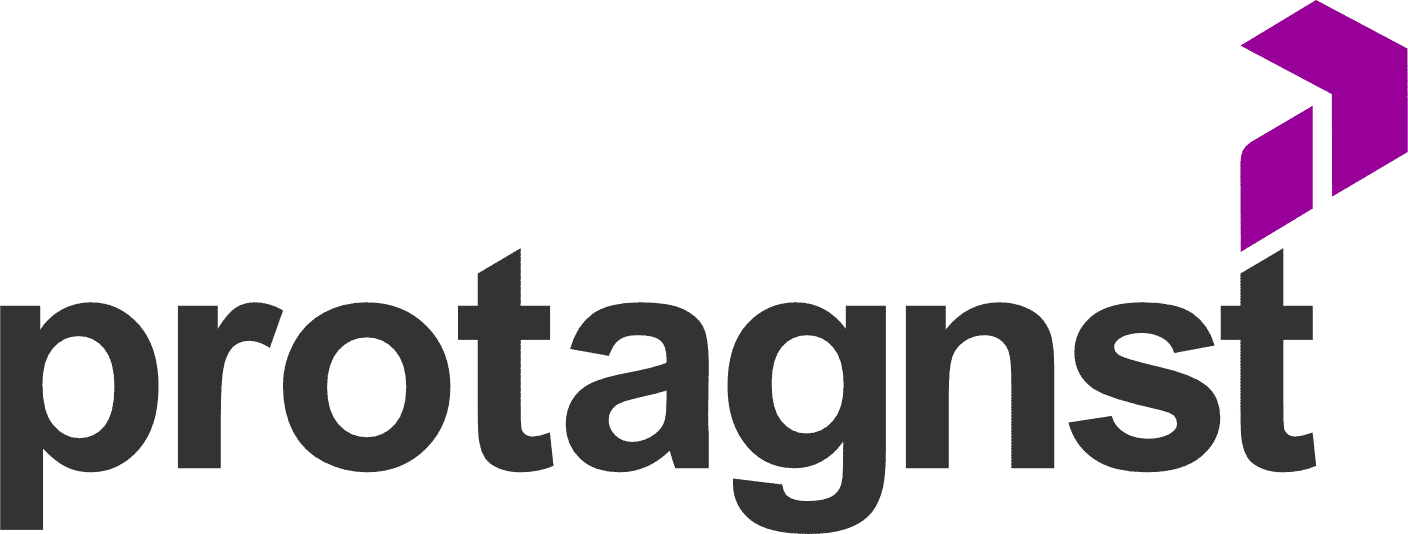Sales pitch: complete guide with concepts and examples

Knowing how to use a sales pitch is increasingly what determines the success of a negotiation. After all, we all have less and less time and need to optimize it as much as possible. The problem, however, is managing to combine a sales approach that is efficient, direct, and non-intrusive all at the same time. […]
Sales cycle: what it is, how to calculate it, how to reduce it – find out everything here

The sales cycle is a crucial aspect to consider in any business. After all, the time it takes to close a deal directly impacts revenue and cash flow. Therefore, having control over it is essential to ensure the financial health of your company and avoid unforeseen issues in strategic planning. In this article, we’ll break […]
Customer acquisition: everything you need to know about the subject

In this context, a few points must be understood for the acquisition of corporate clients to be successful. With this in mind, we present throughout this article the essential elements to help you acquire more clients and, consequently, boost your company’s results. Enjoy your reading! Keep in Mind the Specifics of the B2B Market Business […]
Social selling: how to increase sales with this strategy?

Social media is a powerful presence in our daily lives. Even if you don’t have a profile on any of them—but you should at least have one on LinkedIn—you’ve likely landed on a personal profile or company page through a search engine. There’s no way around it: millions of people are on these platforms, so […]
Lifetime value (LTV): essential indicator for SaaS companies

Having complete control over all the indicators that, in some way, reflect a company’s financial results is crucial. After all, understanding each metric in depth will help pinpoint bottlenecks and work more effectively to resolve them. One such indicator is **lifetime value**, a concept we’ll cover in this article, and it’s super important. Broadly speaking, […]
Sales Objections: The Ultimate Guide to Understanding the Subject

Those who work in sales know that, day in and day out, they’ll face a lot of immediate rejections. It’s part of the job. But rejection is especially tough when you start a negotiation, it seems to be developing well, and in the end, it doesn’t materialize because the potential client backs out. When this […]
Pricing strategies: how to be assertive and get the best results?

<h1>Setting the Right Price: Pricing Strategies for Your Business</h1> <p>Setting the price of a product or service is a complex exercise that must consider many variables. Although different <strong>pricing strategies</strong> exist, choosing the one that sustains your business requires analyzing different points.</p> <p>Business owners often opt to define the price of their products based on […]
Lead generation: how does it work and how to do it the best way?

Do you know how to measure the results of your Inbound Marketing to capture potential customers? If the answer is no, that’s a sign that your website doesn’t have efficient lead generation. After all, more than just gaining visitors, everyone wants to turn a visit into a deal, right? But what exactly is a lead […]
What is pre-sales and how does it help in prospecting customers?

ASe você quer prospectar novos clientes vai precisar de muito empenho e uma boa dose de perseverança! Por isso, entender o que é pré-venda é algo fundamental para o seu sucesso. Não existe uma regra ou fórmula pronta, mas, muitas vezes, quando todo o esforço recai sobre o profissional de vendas, corre-se o risco de […]
Sales Compensation: Salaries, Commissions and Benefits

In the fast-paced world of sales, compensation plays a crucial role not only in motivating employees but also in attracting and retaining top talent. Have you ever stopped to think about how salaries, commissions, and benefits intertwine to create a compensation package that can transform a team’s performance? In this article, we’ll delve into this […]

